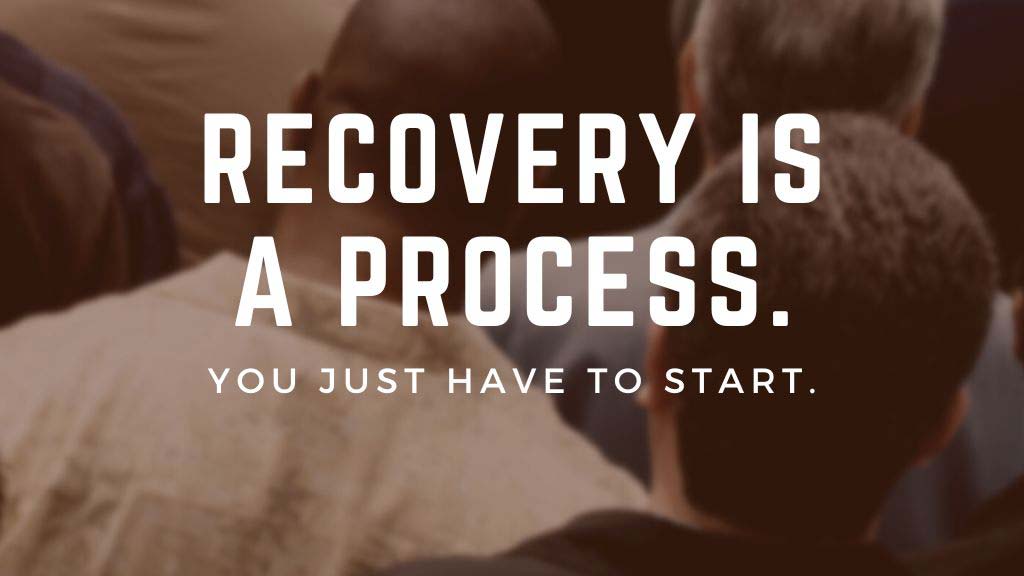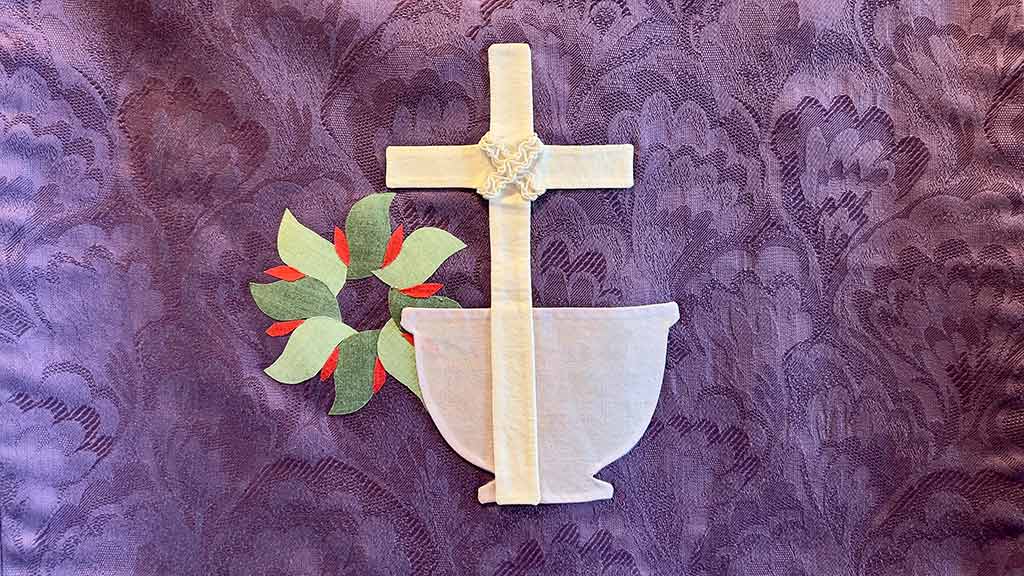
Guiding To and Growing Through the Christian Life
Methodism (1835-present)
Methodism was a latecomer to America, especially to New England. John Wesley, of England, father of Methodism, a contemporary of George Washington, could not realize how Americans felt about taxes and their lack of independence. His sympathies were entirely with the English. He did believe in sending missionaries to America, and fortunately, he sent Francis Asbury here in 1771, four years before the Revolutionary War, Asbury established the Circuit System with classes and “Traveling Elders”.
A “Traveling Elder” rode from town to town, preaching in a school house, dwelling, barn, or even as the old record states, “in the shade of a large oak tree.” The official beginning of Methodist in America was at the Christmas Conference held in Baltimore. Francis Asbury was consecrated as its first bishop. Ordained elders served as circuit riders, traveling from town to town preaching the Word and bringing the sacraments.
In 1844 the church divided over the issue of slavery and did not reunite until 1939. In 1870 both Northern and Southern Methodists became leaders in the temperance movement, along with stricter observance of the Sabbath. Both the Prohibition Movement and the Salvation Army began during this era. In 1956 the Methodist Church became one of the first to grant full clergy status to women. In 1968 the Methodist Church and the Evangelical United Brethren united to form the United Methodist Church, the second largest Protestant denomination in America.
Methodism came to this area about the year 1800 when the first Traveling Elder arrived in Burlington. In 1809 Methodists bought the Bunnell house near the Bristol town line, removed the partitions, and remodeled it for services.
Join Our Community
Make You Visible to Christ and His People.



